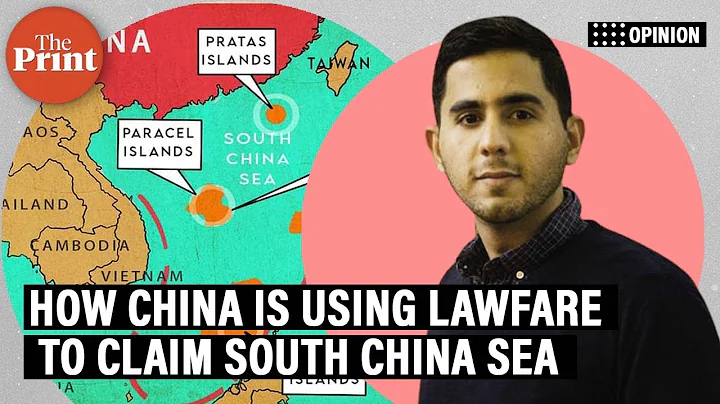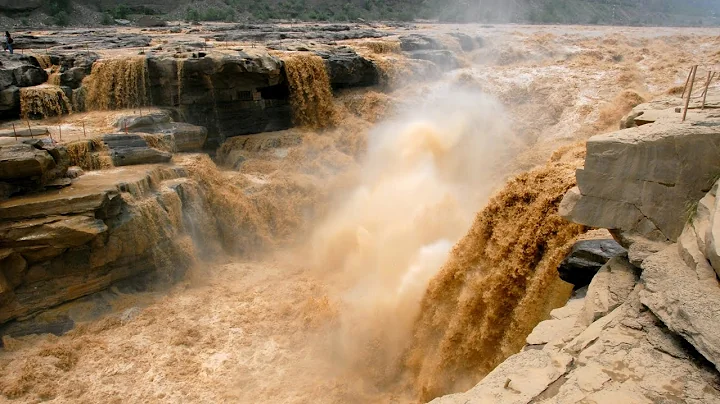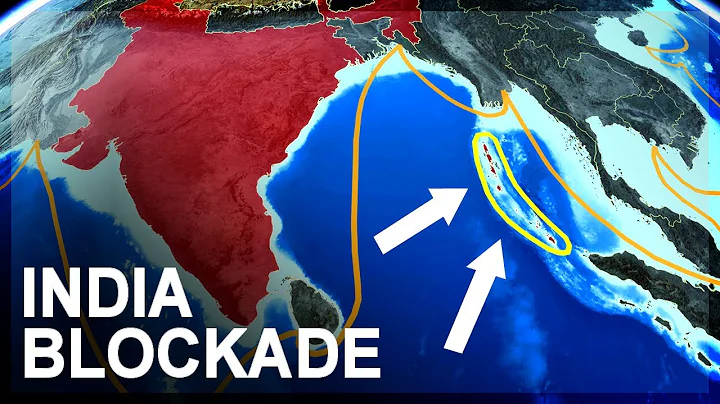The southern end of Laiyang is adjacent to the Yellow Sea. The coast is 27.5 kilometers long and the sea area is 38.26 square kilometers. Laiyang is commonly called the South China Sea. To the south is Jingtiao Mountain and Baima Island in Jimo, to the east is Magu Island in Haiyang , and to the north is the Wulong River estuary in Laiyang. Because it is shaped like a "D", it is named Ding Bay .

Dingwan has become a hot spot and focus several times from the Ming Dynasty Tianqi years 400 years ago to today. There have been major natural disasters, major riots, major projects, large investments, and large-scale events where tens of thousands of people gathered. scene.
In the middle and late Qing Dynasty, Jiaodong was the most prosperous port

As early as the Tianqi period of the Ming Dynasty, Dingzi Bay was able to accommodate huge ships because of its deep and wide sea water, calm waves, and Yangjun Town and Jinkou Town along the coast. (Belonging to Jimo) has successively set up ports.
In the middle and late Qing Dynasty, Jinkou Port was once the most prosperous port in Jiaodong Peninsula. There were "360 oil mills, 360 stores, 360 wells with sweet springs, and 360 ships." The prosperous scene of sampans unloading large ships has the reputation of "rich Jiaodong, famous in Fujian and Zhejiang", and has accumulated rich history and humanity.
At the end of the Qing Dynasty and the beginning of the Republic of China, due to hundreds of years of siltation, the shipping conditions of Jinkou Port deteriorated. With the opening of Yantai and Qingdao one after another, Jinkou Port gradually declined into an ordinary fishing village. The tidal flats along the T-shaped Bay can only be used by coastal people to catch fish, shrimp, shellfish and dry sea salt.
Before liberation, salt people rioted and armed attacks on the police

The salt industry in Dingzi Bay began in the Western Han Dynasty period. In the early days of the Republic of China, the salt flat area reached more than 2,600 acres, with an annual output of 1,200 tons. There were more than 130 salt residents in Laiyang.
On July 2, 1919, more than 300 salt sellers from Cuodong Township led their animals to Wangjiatan to carry salt. The salt police thought they were robbing the salt, so they shot and killed 3 people and 8 livestock, and detained more than 20 people and 30 livestock. Yutou. On July 5, people gathered in Yangjun County to pass the "turn card" and prepare to organize a riot. Several people responded immediately, armed with machetes, soil guns, shovels, shovels, sickles, hoes, and sticks, and rushed to the Salt Bureau and the salt police. After hearing the news, he ran away. The rioters set fire to the rented house provided by Ma Jianxu in Yangjun Village for the salt factory, and went to Chrysostom to burn down the house of the Salt Bureau. On July 9, Fan Enrong, the battalion commander of the Laiyang garrison, led his troops to suppress the rebellion, and the rioting masses were dispersed.
In August 1933, the Laiyang Central County Committee of the Communist Party of China established an armed guerrilla group headed by Miya Kenzo and Zuo Wutang. The guerrillas once led team members to attack the Yangjun Salt Office, killing five salt policemen, capturing alive the director of the salt office and several salt policemen, and confiscating more than 60 long and short guns.
The largest tsunami in the history of Laiyang

From July 26 to 31, 1949, the entire county was hit by typhoons and heavy rains, and the largest tsunami in the history of Laiyang occurred along the southern coast.
Houses, trees and salt fields suffered serious damage. 466,000 acres of farmland were flooded, resulting in a 40% to 50% reduction in grain production and 478 collapsed houses.
The longest construction project in the history of Laiyang

In the 15 years from 1972 to 1987, the coastal Yangjun Town and Xufang Town have invested a lot of manpower, material and financial resources on many occasions to reclaim land from the sea. Build dams and try growing rice, reeds and seawater farming.
① From 1972 to 1975, Yangjun Commune invested 2.5 million workers, moved 350,000 cubic meters of earth, and built a tide-proof dam 4 meters wide, 4 meters high, and 7 kilometers long, with a total investment of 1.5 million yuan, and the reclaimed area was 10,000. mu.
② From 1976 to 1982, Yangjun Commune built 100 shrimp ponds with a total area of more than 8,000 acres.
③ From 1985 to 1986, Yangjun Town once again used migrant workers to move 960,000 cubic meters of earth and expand the breeding pond by 1,200 acres. In 1986, Xuefang Town organized the entire town's labor force to build dams around the sea and build 1,700 acres of breeding ponds.
The largest construction project in the history of Laiyang

In October 1987, the municipal party committee and the municipal government organized more than 30,000 people in the city to start the South Beach Beach Development Conference. The
project is divided into four phases, lasting three and a half years, with a total investment of 3.66 million units, a total investment of more than 62 million yuan, 4 million cubic meters of earth, 300,000 cubic meters of stone, 2 million sacks, 6 million straw bags, and 7,000 cement. tons, 2,000 cubic meters of wood, 1,000 tons of steel, a reclaimed area of 13,272 acres, and a shrimp pond of 10,520 acres.
In 1990, the construction of Yangjun Fishing Port started. It is 100 meters long, 2 meters deep, and covers an area of 30,000 square meters. It can dock 30 50-horsepower fishing boats.
The most invested construction project in the history of Laiyang

In 2007, the development of the South China Sea was once again on the important agenda. That year, the Sino-Canadian joint venture Yantai Jinshan Tourism Development Co., Ltd. was introduced, which once again kicked off the development of the South China Sea.
In 2010, the Yantai Municipal Committee of the Communist Party of China and the Yantai Municipal Government issued the "Opinions on Accelerating the Development of Laiyang Nanhai New Area" to provide policy support for planning and construction. In August, it was approved as a provincial-level coastal tourist resort.
In December 2010, the Yangjun beach reclamation project was launched, with a total area of 1,667 hectares, a total investment of 700 million yuan, and 70 million cubic meters of sand and earth. At the same time, the construction of the Yuhuangshan Ski Resort with a total investment of 100 million yuan was also started.
In 2011, the construction of Dingwan Maritime New City was included in the blue economic zone planning of Shandong Province.
In 2012, the Ting Bay Cross-Sea Bridge was built, starting from Haiyang Xin'an in the north and ending at Jimo Kaolin Island in the south. The Evergrande Ting Bay Century Cultural City construction project launched after investing 500 million yuan
is a big move and a big deal. , invest heavily in (not explained in detail here) .
This is the only sea area in Laiyang. After hundreds of years of hard work, it is the area with the highest investment per unit area in Laiyang, but the returns are often not proportional, and it is suspected of causing right and wrong.
In recent years, with the gradual improvement of infrastructure, the completion of cross-sea bridges, highways, and railways, as well as the future extension of Qingdao Metro line and the construction of micro-airports, the love-hate T-shaped Bay has become very popular. It will soon become a favorite Feng Shui treasure!
click on the upper right corner to follow and read more original articles.





















